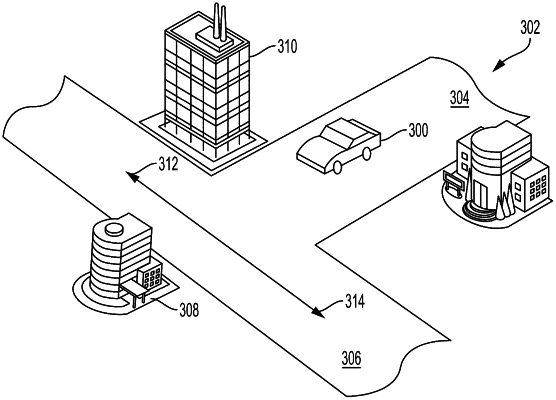| CPC B25J 9/1689 (2013.01) [B25J 9/1697 (2013.01); G05D 1/0016 (2013.01); G05D 1/0038 (2013.01)] | 20 Claims |

|
1. A method performed by a semi-autonomous device, comprising:
identifying a first movement of an operator based on monitoring the operator of the semi-autonomous device, the first movement being performed to instruct the semi-autonomous device to travel in a first direction, the operator being remotely located from the semi-autonomous device;
traveling in the first direction of travel within a current environment of the semi-autonomous device in accordance with identifying the first movement;
identifying, via one or more sensors integrated with the semi-autonomous device, one or more objects in the current environment and limitations of the current environment based on traveling in the first direction of travel;
identifying a second movement of the operator after identifying the first movement, the second movement being unassociated with a specific instruction for the semi-autonomous device to travel in a specific direction that is different than the first direction;
identifying, for the first direction of travel, a potential collision with the one or more objects;
inferring a second direction of travel intended for the semi-autonomous device to avoid the collision with the one or more objects, the second direction of travel being inferred in accordance with the second movement, the one or more objects, and the limitations; and
autonomously adjusting, by the semi-autonomous device, the first direction of travel to the second direction of travel to avoid the collision based on inferring the second direction of travel.
|